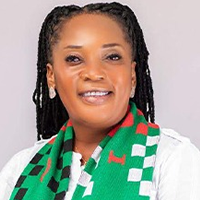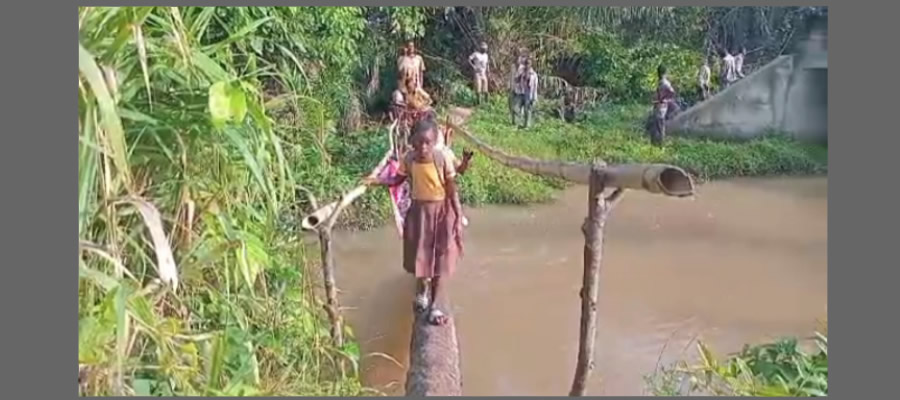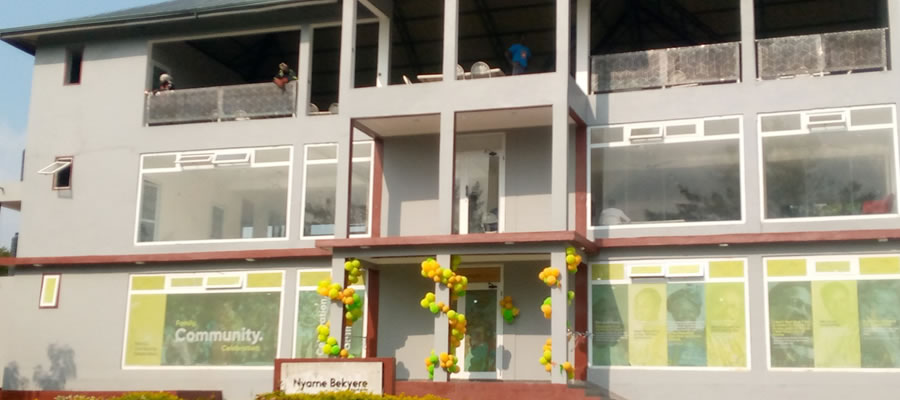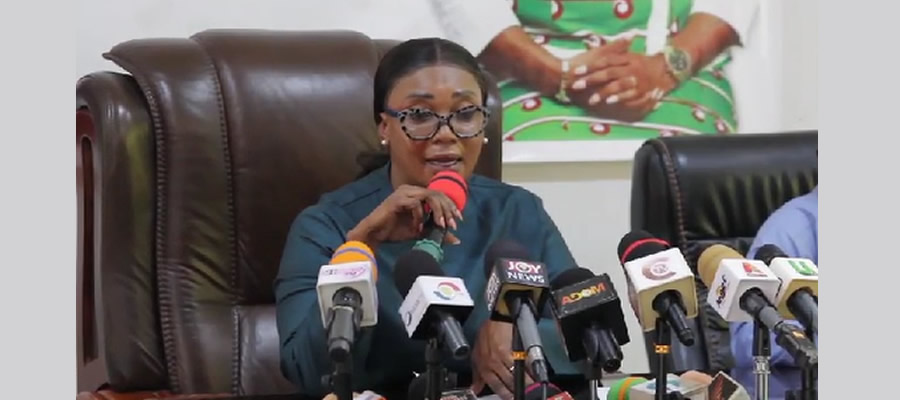
Toilet Facilities
The distribution of households by type of toilet facility according to place of residence and Districts is presented in this section. Overall, almost a third (32.2%) of the households in the Eastern Region use pit latrines. Another 31.0 percent use public toilets. Only 15.8 per cent use KVIP and 8.7 percent use water closets which are the improved toilet facilities.
Toilet Facilities by Locality
The least urbanized Districts depend largely on the unimproved types of toilet facility. For example, very high percentages of households in Upper Manya Krobo (71.4%), Fanteakwa (51.1%) use the pit latrine compared to 13.1 percent in New Juaben. In contrast while, New Juaben has the highest proportion of households (30.3%) using water closets in Upper Manya less than 1.0 percent, (0.8%) least proportion of households use this toilet facility.
Types of Toilet Facilities by Locality
There are marked differences between the urban–rural places of residence regarding the proportions of households using the different types of toilet facility. Seventy three percent of urban households use improved toilet facilities ( KVIP and W.C) compared to 15 percent in the rural areas. In rural areas, a large percentage of households use pit latrines (42.9%) while less than half that percentage of urban households (19.7%) use pit latrines. A slightly higher percentage of the rural households (Nearly 3.0 percent of households have no toilet facilities with the highest proportion in the rural areas (16.4%). The proportion of households using the pit latrine is far higher among rural areas than in urban areas, with the highest proportion occurring among rural households in Upper Manya (80.1%) and Fanteakwa (55.9%).
Liquid Waste Disposal
A little over one-half (50.1%) of all the households in the region throw their liquid waste onto the compounds of their houses. Almost 1 out of every 4 (24.3%) throw their liquid wastes on to the streets outside their homes while 16.9 percent of households throw their liquid waste into gutters. This observed pattern runs across all Districts and across localities.
In the rural areas except Birim South(48.9%) and Birim Municipal (46.3%) most households in the District throw their liquid waste onto their compounds, with the highest proportions in Akyemanso (70.0%)Asuogyaman (71.6%), Upper Manya Krobo (79.9%), and Kwahu North (82.2%). While this practice is generally common in rural areas, it is not so common among urban households, except Kwahu North (72.3%).
The use of soak away as a means of liquid waste disposal is popular by a small proportion of households in all the Districts and across the both rural and urban areas. Less than 4.0 percent of households practice this method. A higher proportion of urban households dispose of their liquid waste through the sewerage system.
Solid Waste Disposal
The most common method of disposal of solid waste is dumping in a publicly site (40.0%), followed by dumping into containers (22.8%). Dumping solid waste indiscriminately is practised by as high as 10.0 percent of the households. Dependence on companies that collect waste is uncommon; only 4.1 percent of the households in the Region use this service. Burning is also used by some households (5.8%).
Solid Waste Disposal by District and Locality
Dumping of solid waste at public sites (open space) is the commonest method among households in all the Districts, being highest in Birim North (57.8%), Birim Municipal (56.4%), West Akim Municipal (52.3%), Kwahu East (52.1%), East Akim Municipal (50.2%) and Atiwa (50.2%) where more than one-half of households use this method. While rural households use the public open space (47.1%) mostly, those in the urban areas (41.5%) use the public containers as their method of waste disposal. Indiscriminate dumping of refuse is more common among rural dwellers (16.0%) than in the urban areas (3.1%).
Main Source of Drinking Water
The purpose of good drinking water is to a large extent is to minimize the prevalence of water borne diseases among household members. The source of drinking water is important because water borne diseases are common in Ghana and members of households are better off if they have access to good drinking water. Overall, 51,123 representing 8.8 percent have access to pipe borne water in their dwellings.
Boreholes, pump, tube well are the main source of drinking water in the Region with 177,097 households representing 28.1 percent having access to the facility, followed by pipe borne outside the dwelling (14.5%). Bottled water usage is not common among households, followed by tanker and vendor water supply (0.2%). More households (32.5%) use pipe borne water inside their dwellings while Kwahu North (0.7%) the District with lower percentage of households having pipe borne water in their dwellings. While fewer households are served with pipe borne water outside their dwelling, in North Kwahu (3.8%), Akyem Mansa (59.1%) is better served with bore holes than most of the Districts with Lower Manya Krobo having 3.2 percents of households having access to bore holes. Households in New Juaben Municipal use more sachet water (20.5%) than any other districts while fewer households use sachet water in Kwahu North (0.7%). (Table 12.10) further reveals that unprotected wells constitute the least water drinking source in all the Districts.
Urban Source of Drinking Water
More urban residents (21.9%) have access to pipe-borne water located outside their dwellings with a lower percentage having pipe borne water inside their dwelling (10.3%) in the Region. Across Districts more households are served with pipe borne water in Asuogyaman (38.3%) and New Juaben (34.1%) with the least recorded households in Akyemanasa (1.1%). While pipe borne water outside the households is highest in Lower Manya Krobo (38.3%) and Akwapem South (34.8%) fewer households have the facility in Kwahu North (7.4%). Borehole accessibility is highest in Akyemansa (37.7%) and Kwahu North (23.9%). However, this facility is not accessible to many households in Upper Manya Krobo (0.1%). More households in the Districts use sachet water with a higher proportion in Kwahu West (26.1%) and Birim Municipal (23.1%) than the dugout, pond, dam, lake and unprotected wells. For instance less than 2.0 percent (1.4%) depend on dam, bore holes etc. compared to higher proportion for sachets water. Rain water harvesting is not important in all Districts.
Rural Drinking Water
The major source of drinking water for rural households is bore hole (43.3%) followed by the river or the stream. Close to one-fourth (23.9%) of households use the river or the stream as their main source of drinking water. Access to piped borne water in the Region is very low (16.8%) lower than 2000 (28.0%). Across the Districts, borehole is the main source of drinking water for most households. The proportions of households using the borehole as drinking water source range from a high of 74.3 percent in Atiwa to a low of 18.9 percent in New Juaben. On the other hand, the stream or the river is the major source of water for four Districts: Yilo Krobo (32%), Upper Manya Krobo (35.8%), Fanteakwa (40.2%) and East Akim Municipal (29.6%).
Date Created : 11/29/2017 1:45:01 AM












 facebook
facebook
 twitter
twitter
 Youtube
Youtube
 +233 593 831 280
+233 593 831 280 0800 430 430
0800 430 430 GPS: GE-231-4383
GPS: GE-231-4383 info@ghanadistricts.com
info@ghanadistricts.com Box GP1044, Accra, Ghana
Box GP1044, Accra, Ghana